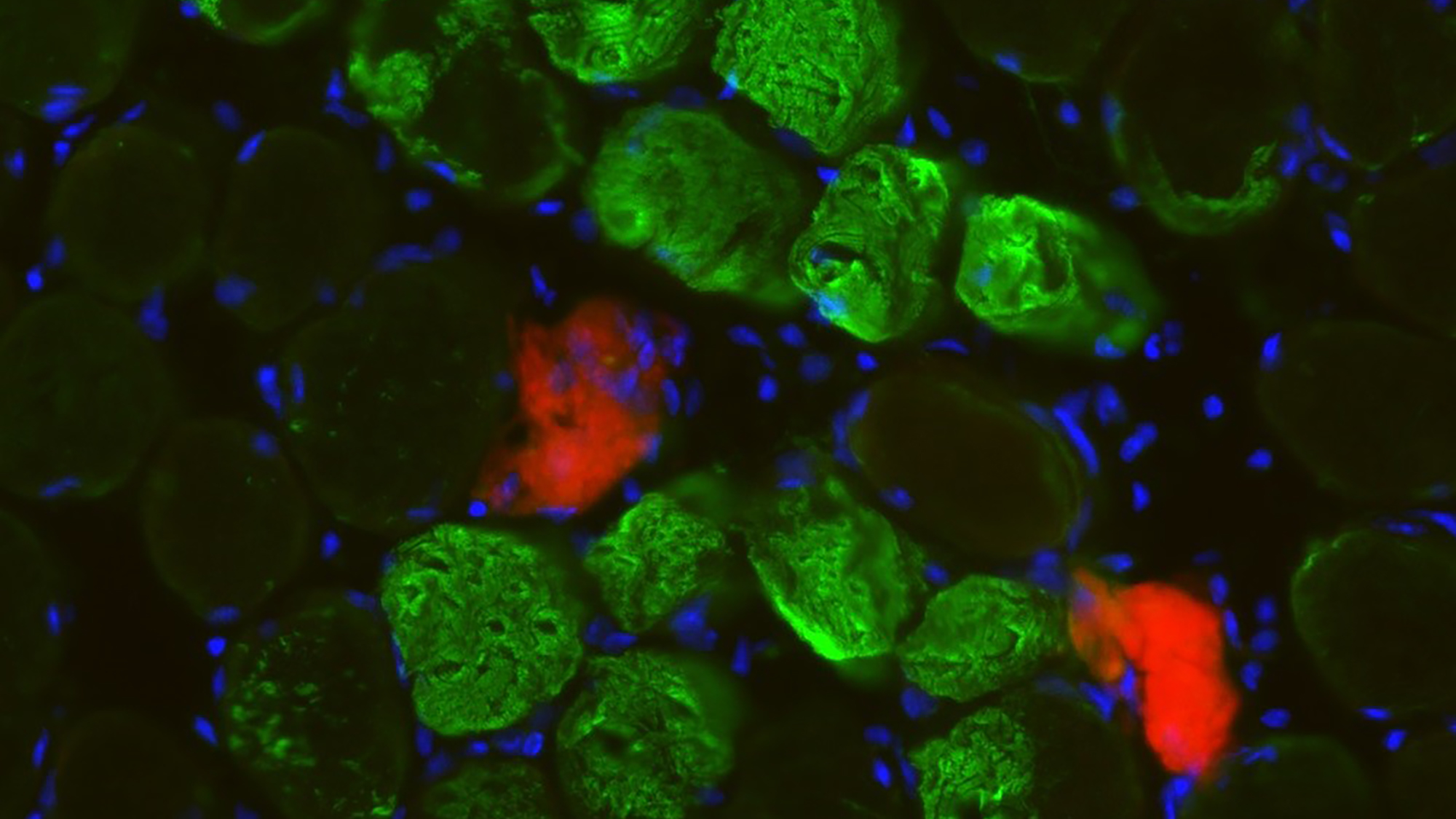Muscular tissue is subject to constant mechanical stress due to the contraction movements, which can lead to cellular damage. Therefore, this particular tissue made of multinucleated fibre-cells is in constant regeneration.
Usually, muscle regeneration after extensive damage relies on muscle stem cells, but now scientists from the Cell Biology group at the Department of Experimental and Health Sciences, Pompeu Fabra University (DCEXS-UPF) together with scientists from Centro Nacional de Investigationes Cardiovasculares (CNIC), CIBERNED and Instituto de Medicina Molecular João Lobo Antunes (iMM, Portugal) have described an alternative regenerative mechanism, independent of the stem cells in the tissue.
This muscle-fibre autonomous mechanism is activated upon injury when nuclei are attracted to the damage site, accelerating the repair of the contractile units due to the increase of on site protein synthesis.
“Our experiments with muscle cells in the laboratory showed that the movement of nuclei to the injury site resulted in the local delivery of mRNA molecules. These mRNA molecules are translated into proteins at the site of injury to act as building blocks for muscle repair”
William Roman – first author of the study (DCEXS- UPF)
Although the reason of the nuclei movement is still unknown, scientists have shown a functional relevance for this process.
“This muscle fibre self-repair process occurs rapidly both in mice and in humans after exercise-induced muscle injury, and thus represents a time- and energy-efficient protective mechanism for the repair of minor lesions”
Pura Muñoz-Cánoves – last author of the study (DCEXS- UPF)
Roman W et al. Muscle repair after physiological damage relies on nuclear migration for cellular reconstruction. Science, October 2021.






